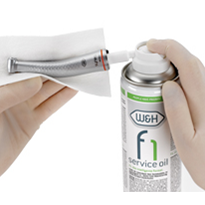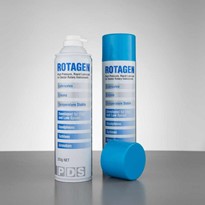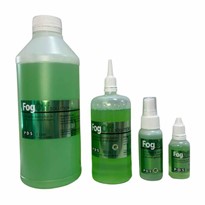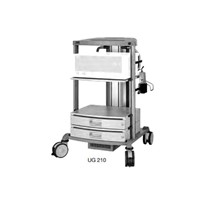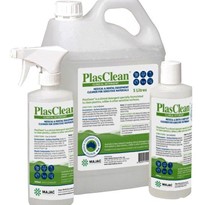So, it makes sense that in order for the equipment to operate smoothly and effectively that a good maintenance program will help the equipment hold value for longer and continue to perform efficiently.
But what exactly does this look like?
Let’s talk about the main questions we get asked when it comes to maintaining your medical equipment!
Who is required to complete equipment testing and maintenance?
Typically, any facility that uses medical equipment must be able to demonstrate compliance with the Work Health & Safety Act, this especially applies if that equipment is electric. It is recommended that regular testing and maintenance be conducted on any and all devices and the facility keeps a record of this, as to demonstrate compliance to any inspectors requirements. Typically, a manufacturer sets out their servicing and maintenance requirements in the operation guide provided at point of sale and may require proof of this being carried out. Failure to provide this could result in warranty being voided.
Generally, at larger facilities the personnel responsible for maintaining medical equipment are the Biomedical Equipment Technicians or BEMS with reference to the manufacturer's instructions. Some manufacturers may provide their own service and maintenance programs utilising factory trained and accredited technicians. There are a variety of specialist servicing and maintenance contractors available that may be able to maintain your equipment for you, however it is recommended that you check that they are accredited or approved to maintain your brand of equipment.
What are the different types of maintenance and testing?
There are lots of specific tests that can be conducted on your equipment to prove that its meeting all the requirements to perform correctly. These tests can usually fall into four main categories of verification methods.
- Inspections are mainly visual with some physical component but may also refer to the testing being done on the software/ electronic devices.
- Demonstrations use a device with the intention to verify its performance as expected
- Tests are when a controlled input is used to measure the output more specifically.
- Analysis is when testing equipment is used to evaluate a device over its entire operable range.
Some types of tests performed on medical equipment are generally completed to check for higher risk hazards such as electrical, shock and fire. Maintenance on the hand, delivers a whole plethora of activities that can be performed on your equipment to maximise the long term value and lifespan of the products. Your equipment manufacturer should supply their own guidelines surrounding, how the equipment can be maintained however, here are some general maintenance activities that most manufacturers will include;
- Routine Cleaning
- Physical Adjustments
- Repair or replacement of parts
- Electrical/ sensor calibration
- Proper operation of all moving parts
How often should medical equipment be maintained?
The most common answer- annually.
However, all equipment is different and it's recommended that you follow the maintenance guidelines outlined by your manufacturer.
What are the benefits of maintaining equipment?
Maintaining your equipment is seriously important! Risks can be mitigated with your equipment being properly tested and serviced as this can reduce the risk of personal harm and lost time from equipment failure. Equipment maintenance can extend the life of your capital equipment reducing lifetime costs.
Regular servicing of your equipment can also give you the confidence that your facility has the ability to pass routine inspections and can demonstrate compliance. You can use this knowledge to instill peace of mind for your patients, colleagues, staff and leadership by simply following a planned service program.
What will happen if the equipment is NOT maintained?
If your medical equipment fails to be properly tested and serviced it could result in direct harm to your patients, staff or the facility. The facility may also suffer a loss of revenue from the cost of equipment downtime, but also the costs involved with replacing the equipment. Costs can incur from physical harm from equipment that is not functioning properly, placing further financial burdens on the facility.
In the event of a serious injury or incident, the facility in question may be required to cooperate with authorities when being investigated. The legal trouble may become quite significant if investigators find that the equipment failed to comply with regulations. Insurance coverage could also be challenging if there is no evidence to support that the facility made every effort to properly maintain their equipment.
Is there a way to tell if the equipment has been recently serviced?
If your medical equipment is being tested and preventative maintenance being performed regularly there should be a record being kept of each and the performance indicators being checked off. There is sometimes also identification displayed on the equipment itself listing the date of service and the date required for the next one.
Maintaining your Modsel equipment
- Periodic maintenance must be done in accordance with all user guides to ensure the safest product at all times and meet warranty requirements.
- Any failure of the equipment to operate correctly should be immediately investigated.
- Isolate and quarantine the equipment with the suspected malfunction
- Contact MODSEL or authorised agent for advice










-160x160-state_article-rel-cat.png)














